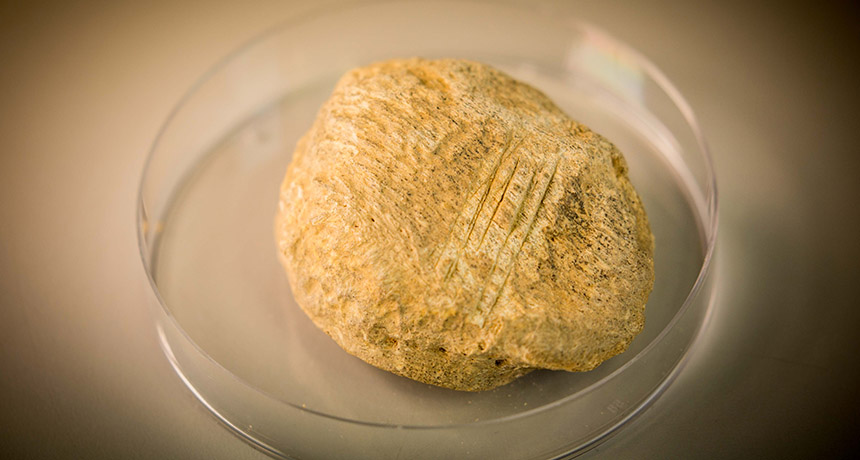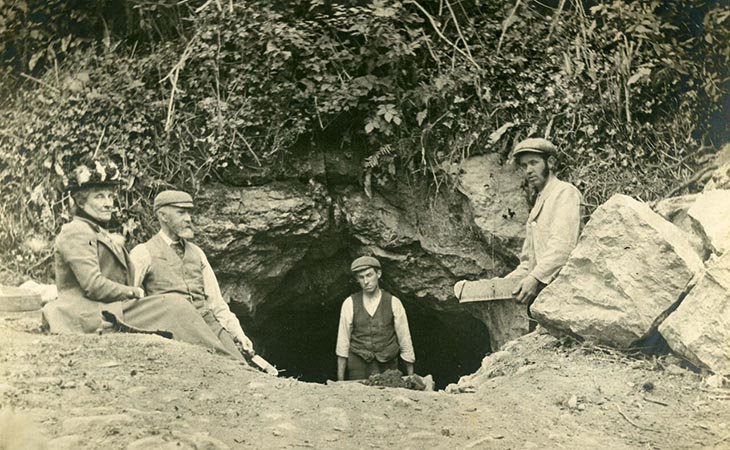Bear bone rewrites human history in Ireland
Butchered kneecap puts people on island earlier than thought

IRELAND’S OLDEST Stone-tool marks on a brown bear’s kneecap provide the earliest evidence of humans in Ireland, between about 12,800 and 12,600 years ago.
James Connolly








